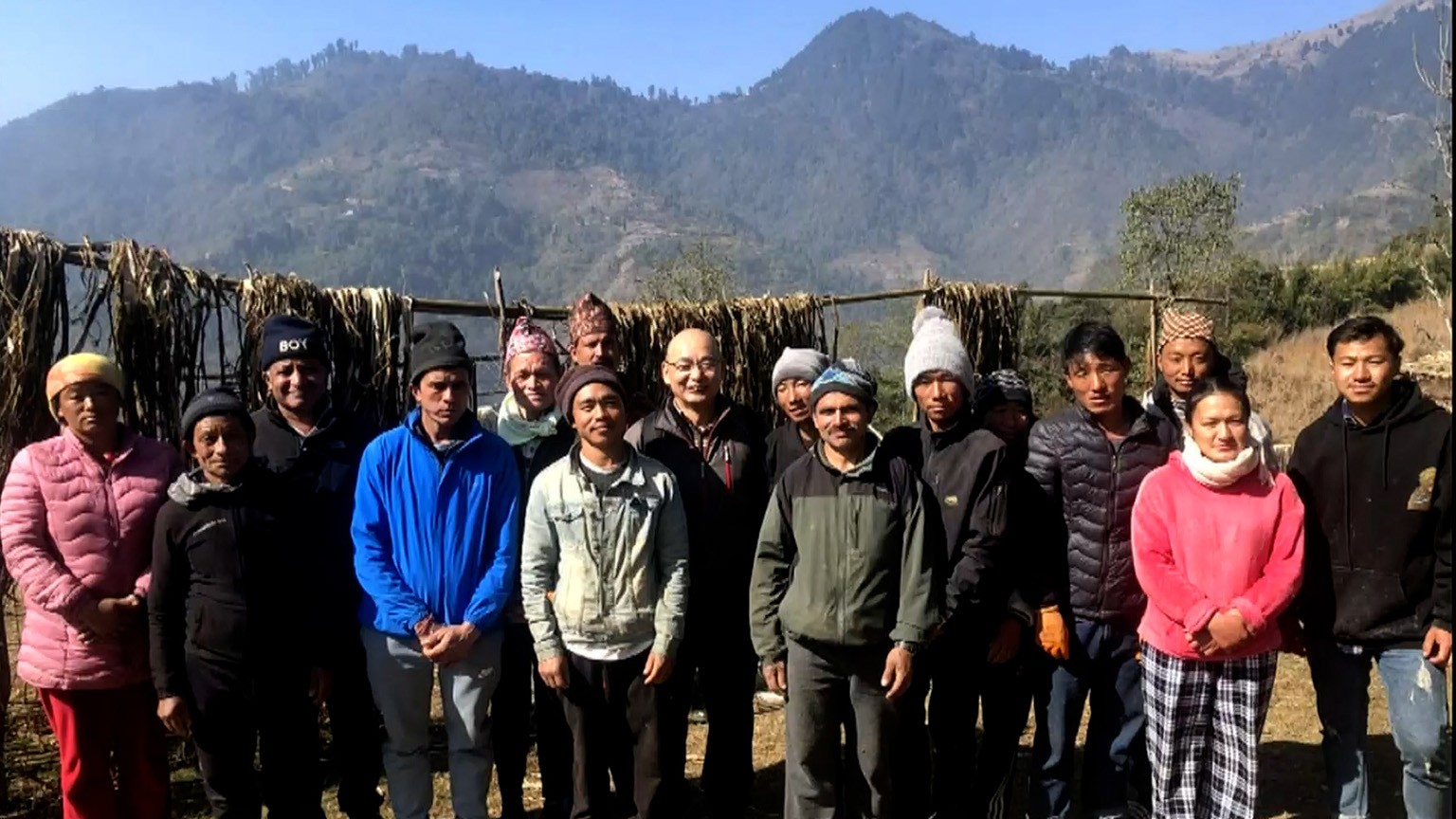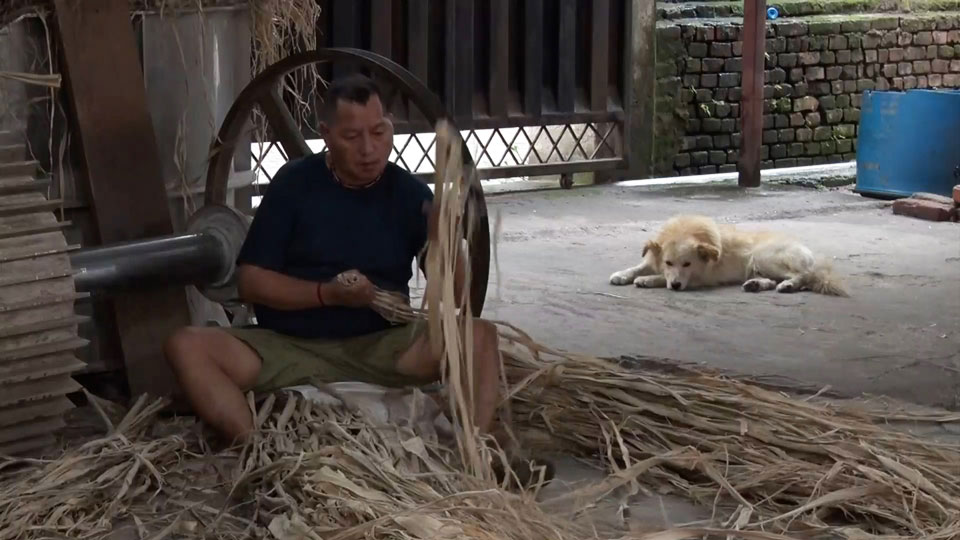
Mitsumata, known as oriental paperbush, lies in piles.
The shrub has long been used for making Japanese washi paper because of its strong fibers and unique texture.
Japan began using this material for its banknotes from the late 19th century. But domestic production has dwindled, partly due to the aging of Japan's population. Today, most of the material is imported, while some prefectures in Japan are working to keep the tradition alive.
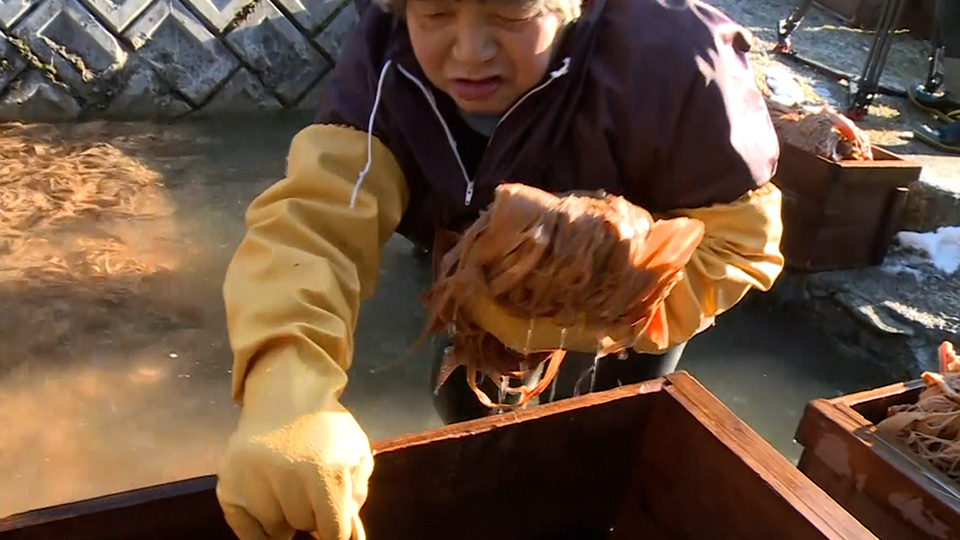
Nepal is a major mitsumata producer. One area is more than seven hours' drive from the capital Kathmandu and lies at the foot of the Himalayas at more than 2,000 meters above sea level.
Thanks to abundant sunlight and good water drainage, plenty of natural mitsumata shrubs grow here. An Osaka-based printing service company, Kanpou, initiated a program to grow the plants locally after noticing the area's potential.
When we visited a warehouse in Kathmandu, workers were scraping mold and dirt off the plants, the final touches before exporting them to Japan.
"Nepal is a country that doesn't export much, but the villagers here make such beautiful products," said Hari Shrestha, general manager in charge of delivering the raw material to Japan. "The Nepalese farmers are very happy to know that their products will be turned into new Japanese banknotes. And I'm happy, too."

Kanpou President Matsubara Tadashi says the project initially began to support people in Nepal, as part of poverty prevention efforts.
The production mainly takes place in winter. In freezing conditions, the shrubs are stripped, soaked in water, and then dried. The process involves harsh labor.
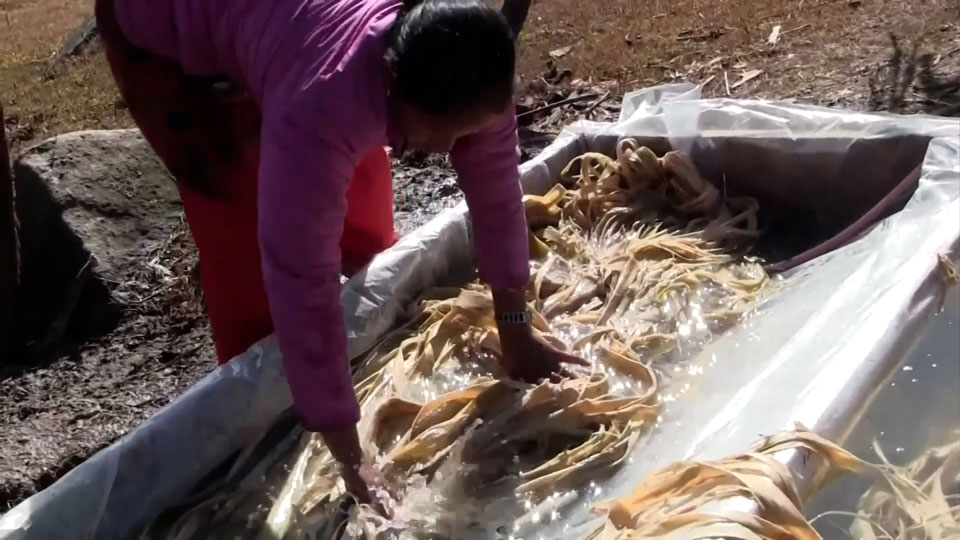
The Japanese company has been offering technical support for the production and processing of the shrubs over the past three decades.

A massive earthquake nine years ago brought devastation to many people in this area. But the company says the mitsumata production became a source of income during the reconstruction of the damaged areas.
More than 1,000 people work in operation, with the Kanpou purchasing 100 tons of the material a year.
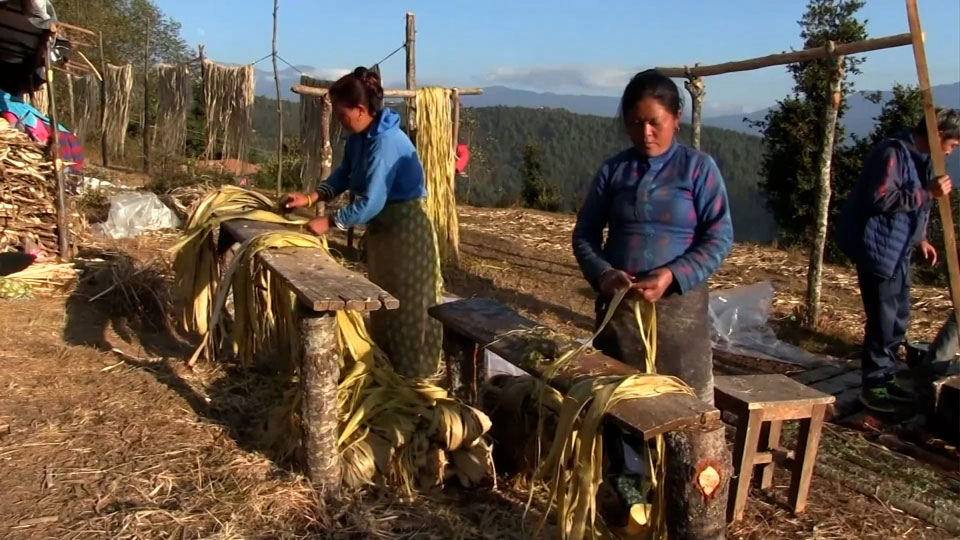
The local workers are diligent, Matsubara says. There are many ways to help local economies, but no project lasts very long if only one side is profiting, he says.
The new bills would not have been launched without the Nepali mitsumata imports, he says, calling the operation a real win-win situation.
Local workers watch NHK NEWSLINE as it reports on the release of Japan's new banknotes.
On the day of the banknotes' release, people here rejoiced as they watched NHK NEWSLINE report the news.
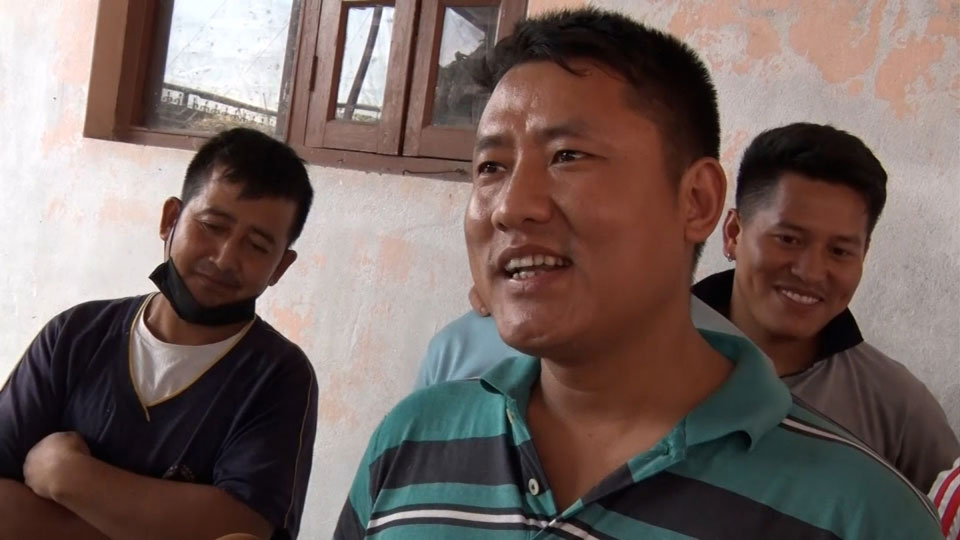
One of the workers said he was surprised and happy to see the local mitsumata turned into Japanese money.
He says he wants to obtain a bill and touch it if possible.
